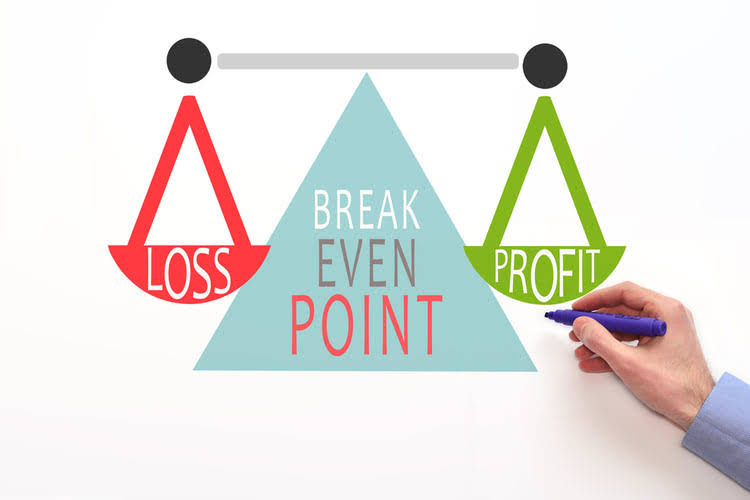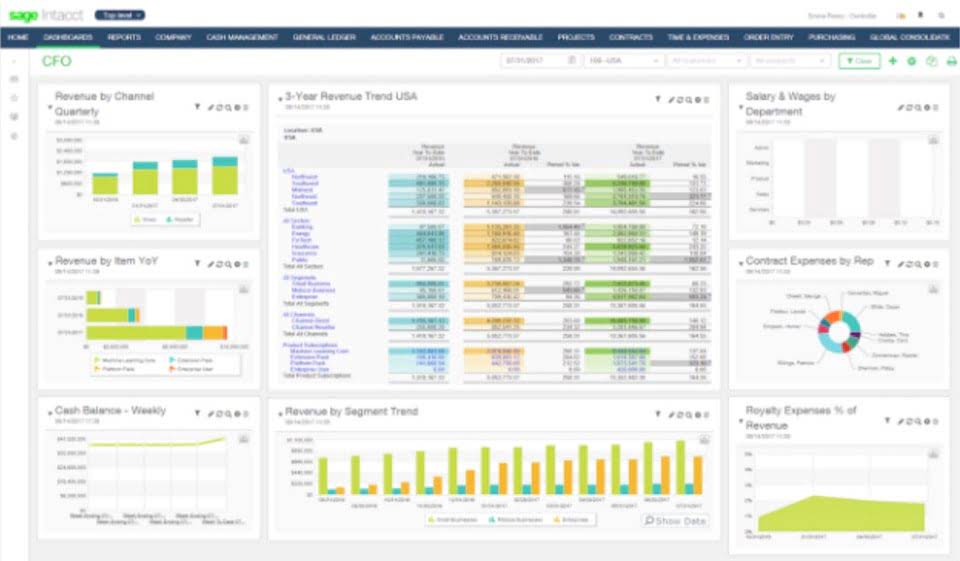


It involves anticipating future financial obligations and employing strategies to meet them while maintaining solvency. One of the key steps in planning for future obligations is to thoroughly analyze a company’s balance sheet, identifying both short-term and long-term liabilities. This enables decision-makers to prioritize their payments and allocate resources accordingly.
There are also cases where there is a possibility that a business may have a liability. You should record a contingent liability if it is probable that a loss will occur, and you can reasonably estimate the amount of the loss. If a contingent liability is only possible, or if the amount cannot be estimated, then it is (at most) only noted in the disclosures that accompany the financial statements. Examples of contingent liabilities are the outcome of a lawsuit, a government investigation, or the threat of expropriation.
Current liabilities are typically settled using current assets, which are assets that are used up within one year. Current assets include cash or accounts receivable, which is money owed by customers for sales. The ratio of current assets to current liabilities is important in determining a company’s ongoing ability to pay its debts as they are due.
HighRadius offers a cloud-based Record to Report Suite that helps accounting professionals streamline and automate the financial close process for businesses. We have helped accounting teams from around the globe with month-end closing, reconciliations, journal entry management, intercompany accounting, and financial reporting. Understanding liabilities is critical, whether you’re a seasoned entrepreneur, a new investor, or just starting out in financial literacy. In this blog, we will fully grasp this essential accounting concept. We will look at what liabilities are, their categories and examples, and compare them to assets and expenses. This can give a picture of a company’s financial solvency and management of its current liabilities.
Assets and liabilities are treated differently in that assets have a normal debit balance, while liabilities have a normal credit balance. A liability is an obligation of a company that results in the company’s future sacrifices of economic benefits to other entities or businesses. A liability, like debt, can be an alternative to equity as a source of a company’s financing. Moreover, some liabilities, such as accounts payable or income taxes payable, are essential parts of day-to-day business operations. Analysts and creditors often use the current ratio, which measures a company’s ability to pay its short-term financial debts or obligations. The ratio, which is calculated by dividing current assets by current liabilities, shows how well a company manages its balance sheet to pay off its short-term debts and payables.

A constructive obligation is an obligation that is implied by a set of circumstances in a particular situation, as opposed to a contractually based obligation. We will discuss more liabilities what is liability accounting in depth later in the accounting course. Generally speaking, the lower the debt ratio for your business, the less leveraged it is and the more capable it is of paying off its debts.

Along with the shareholders’ equity section, the liabilities section is one of the two main “funding” sources of companies. Liability may also refer to the legal liability of a business or individual. Many businesses take out liability insurance in case a customer or employee sues them for negligence. Adam Hayes, Ph.D., CFA, is a financial writer with 15+ years Wall Street experience as a derivatives trader.
Copyright © 2023 AFFITTO. Todos los derechos reservados.

Permanencia: Por un periodo de 36 meses
Cuando aportas tu propiedad a Affitto te comprometes a que tu inmueble esté gestionado por nosotros por un periodo de 36 meses, podrás retirarte cumpliendo los periodos de notificación anticipada y cumpliendo con la penalización por terminación anticipada del contrato

Tareas que realiza Affitto
Nos encargamos de toda la gestión comercial y operativa de tu propiedad por medio de un equipo profesional que se apoya en tecnología avanzada: a.) Definición de la estrategia óptima de comercialización, incluyendo la definición del mejor canon de arrendamiento a cobrar, así como registros fotográficos, publicación en canales digital y físicos, muestra el inmueble a potenciales arrendatarios b.) Gestión operativa de tu propiedad, lo que incluye: 1.Relacionamiento con el propietario 2.Coordinación de mantenimientos y reparaciones 3.Cobro del canon de arrendamiento

Comisión de Affitto
Por la realización de nuestras labores (incluyendo comercialización y garantía del canon de arrendamiento mientras se encuentre vacante) cobramos una comisión del 20% sobre los ingresos brutos mensuales cuando el inmueble se encuentre arrendado.